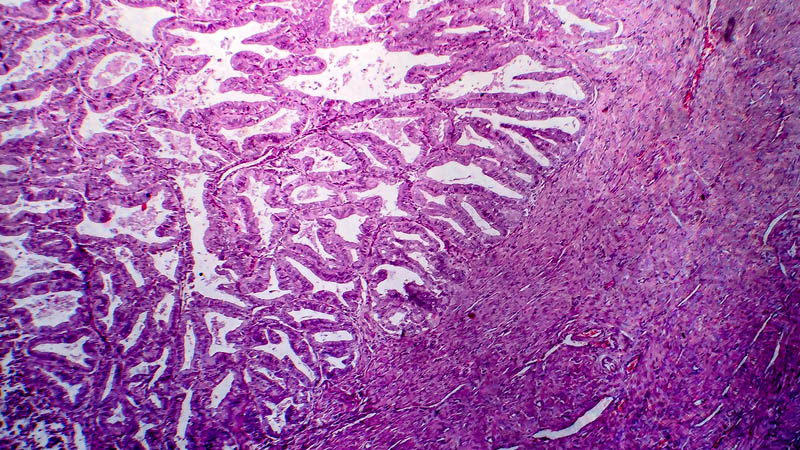Surgical treatment of advanced ovarian cancer
Łukasz Wicherek1, Tomasz Rajs1, Krzysztof Koper1, Aleksandra Mazur1, Mariola Maślińska1, Marcin Opławski1, Nsonsa Mbamu1, Michał Leśniak1, Zbigniew Kojs2
 Affiliacja i adres do korespondencji
Affiliacja i adres do korespondencjiStandard treatment for ovarian cancer is systemic therapy; as a rule it comprises surgical excision, chemotherapy and, in selected cases, radiotherapy. The scope of the surgical excision and its relation to chemotherapy recently underwent certain changes. On the one hand, the use of taxanes and platinum derivates has enhanced the role of chemotherapy; on the other hand, progress in surgery has enabled what only a few years ago were limitations to be overcome. Already in the 1970s, a link was suggested between the completeness of the surgical excision and the prolongation of the time period for both overall and progression-free survival. Now after the publication of several randomized trials, a direct correlation has been made between complete cytoreduction performed during the primary surgery and the prolongation of the time period for both overall and progression-free survival. It appears that non-resectability depends mainly on the experience of the surgeon and the degree of infiltration of the bowels and superior mesenteric vessels and bile ducts. Imaging studies are of no use in determining the resectability of lesions. Consequently, patients should not be qualified for lymphadenectomy based solely on the results of imaging studies. Systemic excision of pelvic and para-aortic lymph nodes is a permanent component of the surgical treatment of ovarian cancer in: 1) patients in the early clinical stages within the scope of staging; 2) patients with clinically positive nodes as a component of cytoreduction; 3) patients after complete cytoreduction as a prognosis-improving factor.









